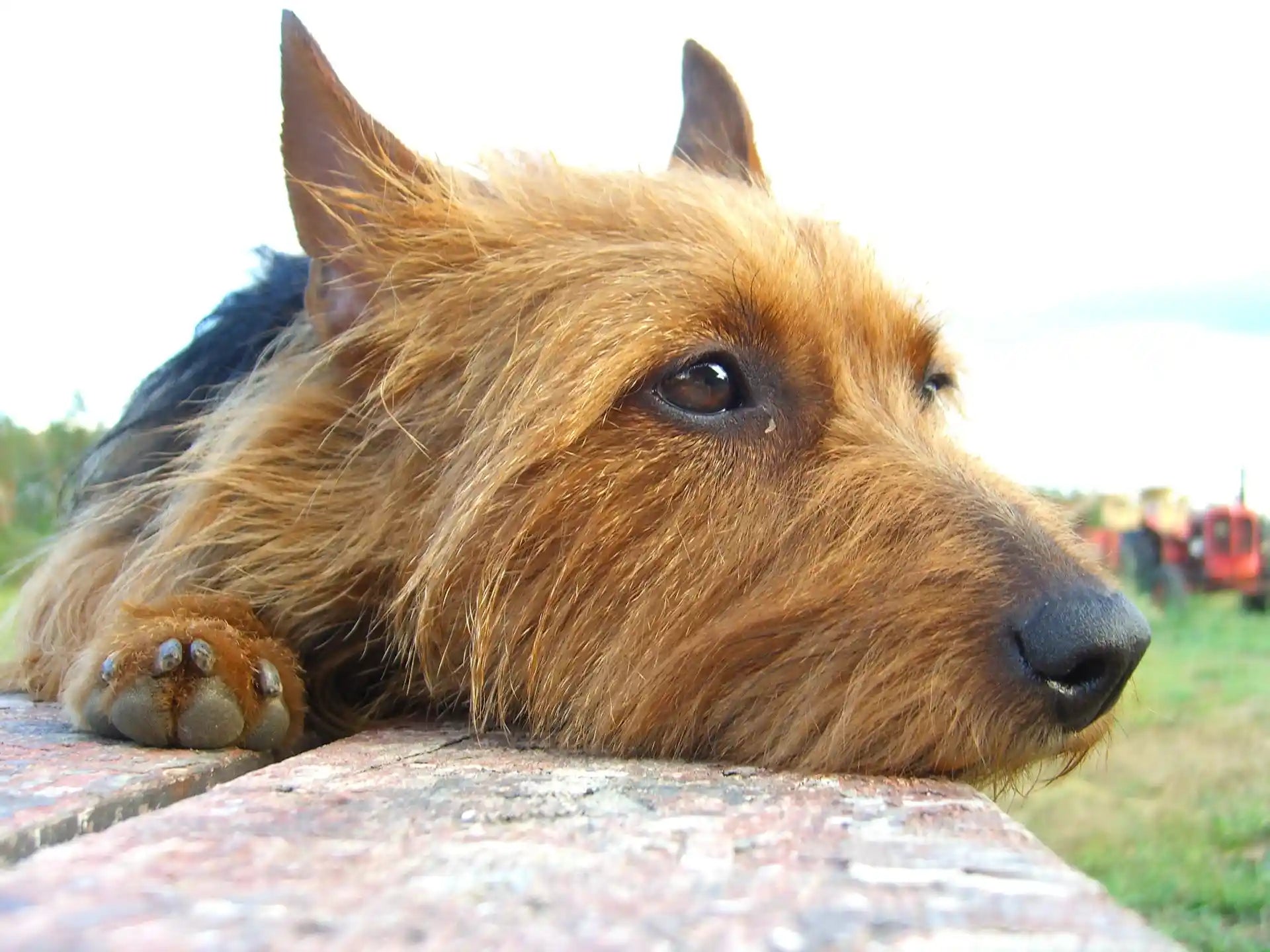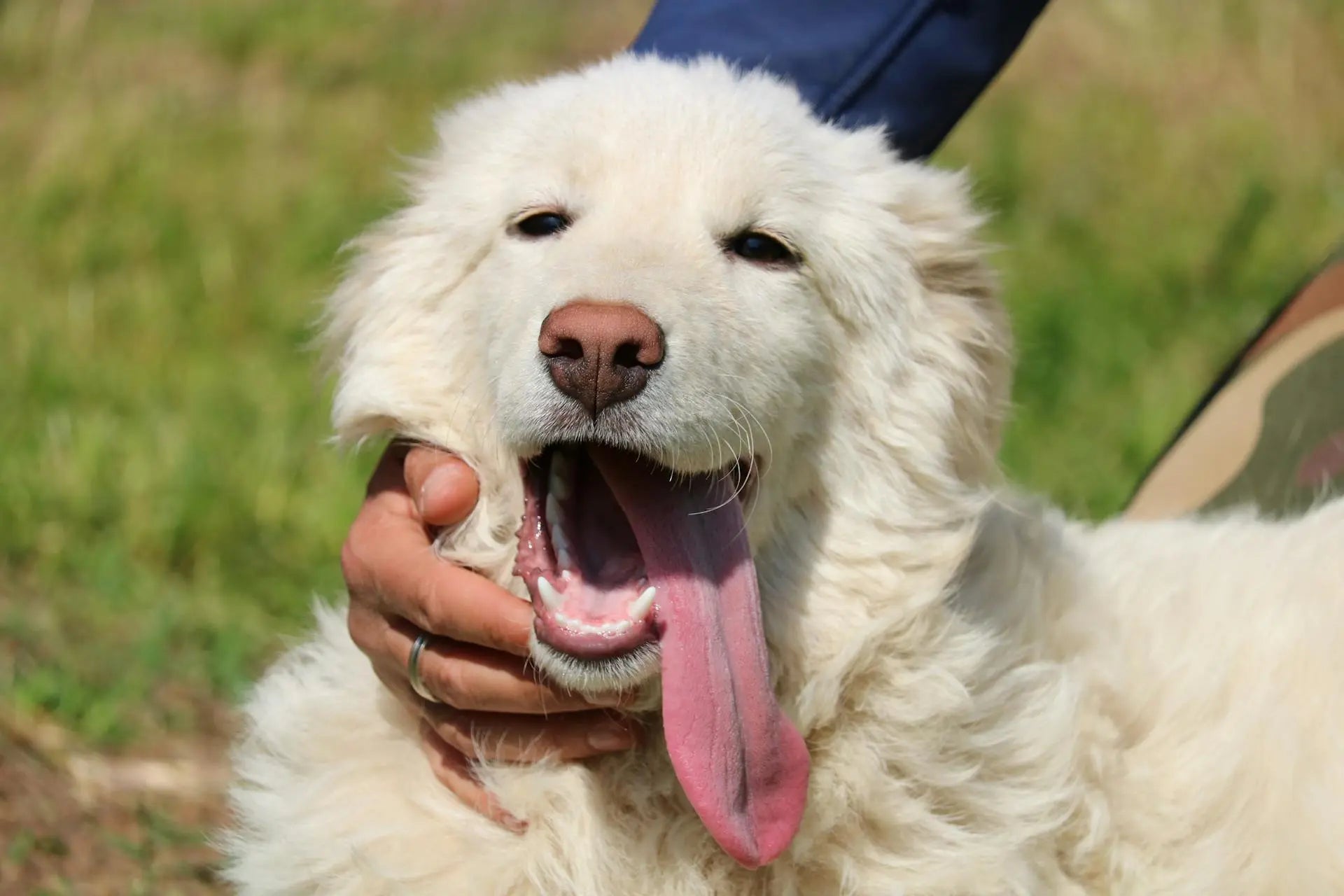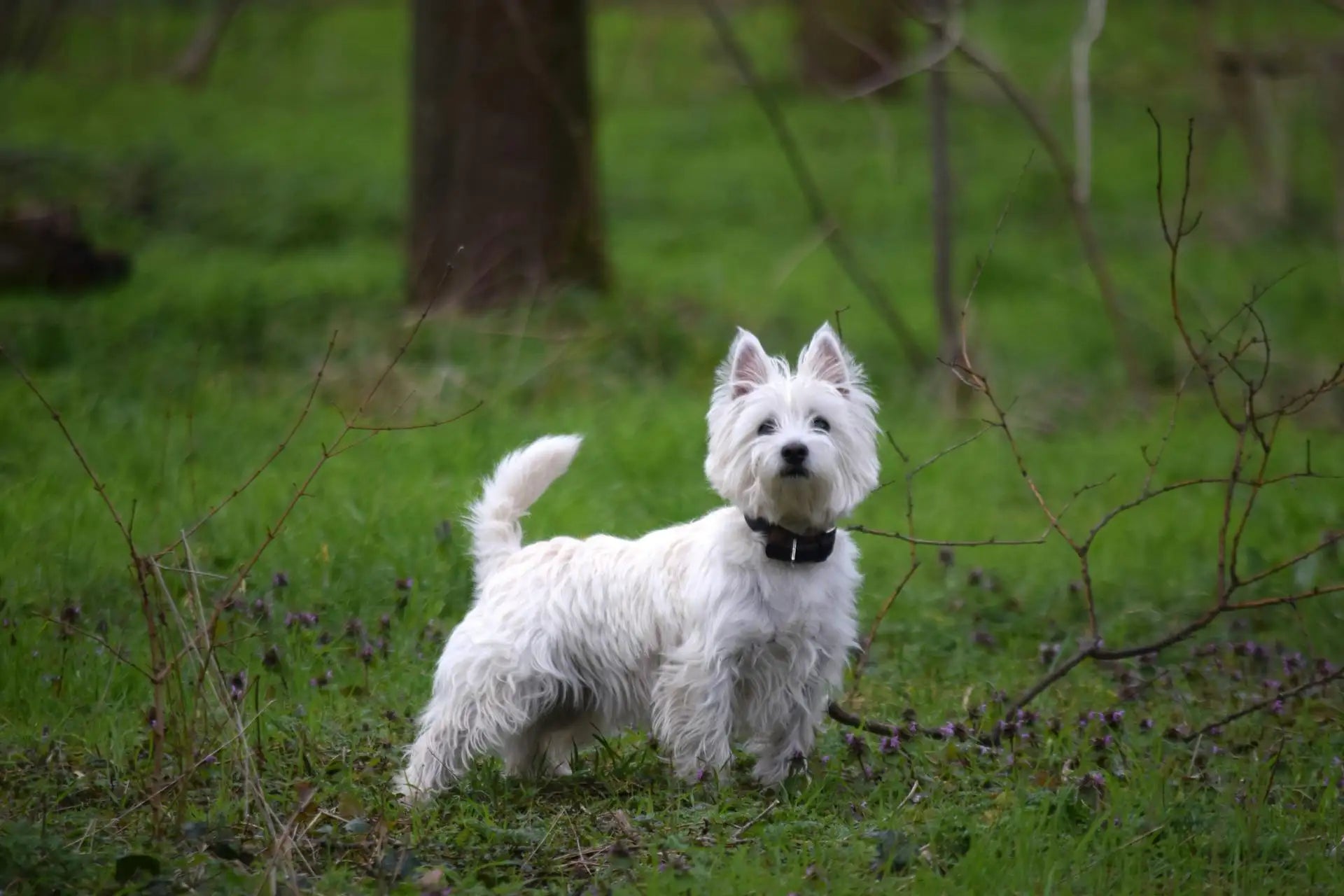
Australian Terrier: History, Care, Training & Health Insights From a Dog Lover
Quick Facts Overview
|
Trait |
Details |
|
Size Category |
Small |
|
Height & Weight |
23–28 cm; 5–7 kg |
|
Coat Type & Colours |
Harsh, straight outer coat with soft undercoat; blue & tan, sandy, or red |
|
Energy Level |
High |
|
Origin |
Australia |
|
Grooming Needs |
Low to Moderate |
|
Temperament |
Confident, spirited, affectionate, alert |
|
Trainability |
High |
|
Compatibility |
Great with families, kids, and indoor living |
|
Lifespan |
12–15 years |
Breed Origins and History
The Australian Terrier proudly holds the title of being the first native Aussie breed to be officially recognised. Originally bred in the 19th century to control vermin in rural and urban areas, this little terrier is all Aussie toughness in a small frame. Developed from British terriers like the Cairn and the Yorkshire, the Aussie Terrier was designed to be rugged, fearless, and ready to take on rats, snakes, and anything in between—all while being a loyal companion.
Personality and Temperament
Small dog, big personality. That pretty much sums up the Aussie Terrier. These dogs are full of life, curiosity, and courage. They love human company, are excellent with children, and are known for forming close bonds with their people. They’re alert watchdogs without being yappy and are usually friendly with guests once properly introduced. If you're after a dog that brings energy, loyalty, and fun to your home, the Aussie Terrier delivers.
Trainability and Intelligence
Australian Terriers are clever and eager to please, which makes training enjoyable. They're confident dogs, so early guidance and clear boundaries are essential.
-
Quick to learn basic and advanced commands
-
Respond well to treats, praise, and play
-
Thrive with short, fun training sessions
-
A training harness gives extra control without discomfort
-
Keep treats handy in a treat bag for rewarding on walks or at the park
Exercise and Activity Requirements
These spirited little dogs are surprisingly active. They may not need hours of exercise, but they do need regular movement and mental stimulation.
-
30–45 minutes of daily activity
-
Love short walks, indoor games, and backyard play
-
Enjoy digging, exploring, and interactive toys
-
Suitable for agility or obedience courses
-
Use a hands-free lead for walks where you want to stay mobile and keep hands free
Physical Characteristics
Despite their small size, Aussie Terriers have a sturdy, athletic build and a confident stance. Their shaggy, weather-resistant coat gives them a scruffy but endearing look.
-
Height: 23–28 cm
-
Weight: 5–7 kg
-
Coat: Harsh, straight topcoat with soft undercoat
-
Colours: Blue and tan, solid sandy, or red
-
Best suited for small dog gear
Living Environment Suitability
Australian Terriers are incredibly adaptable and fit well in both city apartments and suburban homes. As long as they have company and stimulation, they’re happy little mates.
-
Great for apartment living with daily exercise
-
Love having a backyard to explore but not essential
-
Prefer being near their humans—don’t like being left alone too long
-
A soft, secure dog bed gives them a cosy spot to rest and recharge
Grooming and Maintenance
This breed’s low-maintenance coat doesn’t require trimming but still needs regular attention to keep it clean and tangle-free.
-
Weekly brushing keeps coat tidy and healthy
-
Bathe every 4–6 weeks or when dirty
-
Trim nails regularly and check ears for debris
-
Their coat naturally repels dirt and water
-
Pair with a comfy, well-fitting soft collar
Common Health Issues
Australian Terriers are generally healthy and hardy, but like all breeds, they can be prone to certain conditions. Regular vet visits and good preventative care help keep them thriving.
-
Common issues: diabetes, allergies, patellar luxation, and skin conditions
-
Watch for signs of excessive scratching or limping
-
Feed a balanced diet to support joint and skin health
-
A supportive orthopaedic bed can help prevent joint stress in older dogs
Diet and Feeding Guidelines
Australian Terriers have high energy in a small body, so feeding quality food in the right amount is key.
-
Puppies: ½–1 cup daily, spread across 3 meals
-
Adults: 1–1.5 cups daily, split into 2 meals
-
Use portion-controlled feeding to avoid weight gain
-
Make sure fresh water is always available
-
Portable food and water bowls are handy for travel or outings
Compatibility with People and Other Pets
The Aussie Terrier loves being involved in family life. They’re great with kids, enjoy playtime with other dogs, and can coexist with cats if introduced properly.
-
Loyal and affectionate with family
-
Good with children when socialised early
-
Playful with other dogs—prefer smaller companions
-
May chase small pets due to terrier instinct
-
A coupler leash is great for multi-dog walks
Behavioural Issues and Management
This little breed can get cheeky if bored—but with the right outlets, they’re a joy to live with.
-
May dig or bark if not stimulated
-
Needs daily interaction and play
-
Training helps curb excessive alert barking
-
Use a no-pull harness for better lead control
-
Keep them busy with durable toys and puzzles
Essential Gear for Australian Terriers
For Walks and Training
For Comfort and Sleep
For Travel and Safety
For Fun and Stimulation
FAQs: Australian Terrier
Are Australian Terriers good pets?
Yes, they’re affectionate, confident, and great for families or singles who want a lively little companion.
Do Aussie Terriers bark a lot?
They’re alert but not yappy. With training and attention, barking can be well managed.
How much exercise does an Australian Terrier need?
About 30–45 minutes per day is ideal. They love short walks and indoor games.
Are they easy to train?
Yes, especially when started early. They’re smart, responsive, and love to please.
Do Australian Terriers shed?
Very little. Their harsh coat doesn’t shed much but needs weekly brushing.
Can they live in apartments?
Definitely. They’re compact, adaptable, and don’t require a big backyard—just daily walks and attention.
Are they good with kids?
Yes, they’re playful and patient with kids. Supervision is always best with young children.
What size harness does an Aussie Terrier need?
Usually a small size. Always measure your dog’s chest and neck for accuracy.
How long do they live?
They typically live 12–15 years with good care and regular vet checkups.
Can they be left alone?
They prefer company. If you’re out often, consider a second dog or mental enrichment toys.
Final Thoughts
The Australian Terrier is a little legend—loyal, spirited, and full of personality. Whether you’re after a playful mate for the kids or a smart companion for your flat, they’re a wonderful addition to any dog-loving home.
Looking for the perfect gear for your Aussie Terrier?
Explore EzyDog for small-dog accessories built for comfort, safety, and everyday adventure.





Leave a comment
This site is protected by hCaptcha and the hCaptcha Privacy Policy and Terms of Service apply.